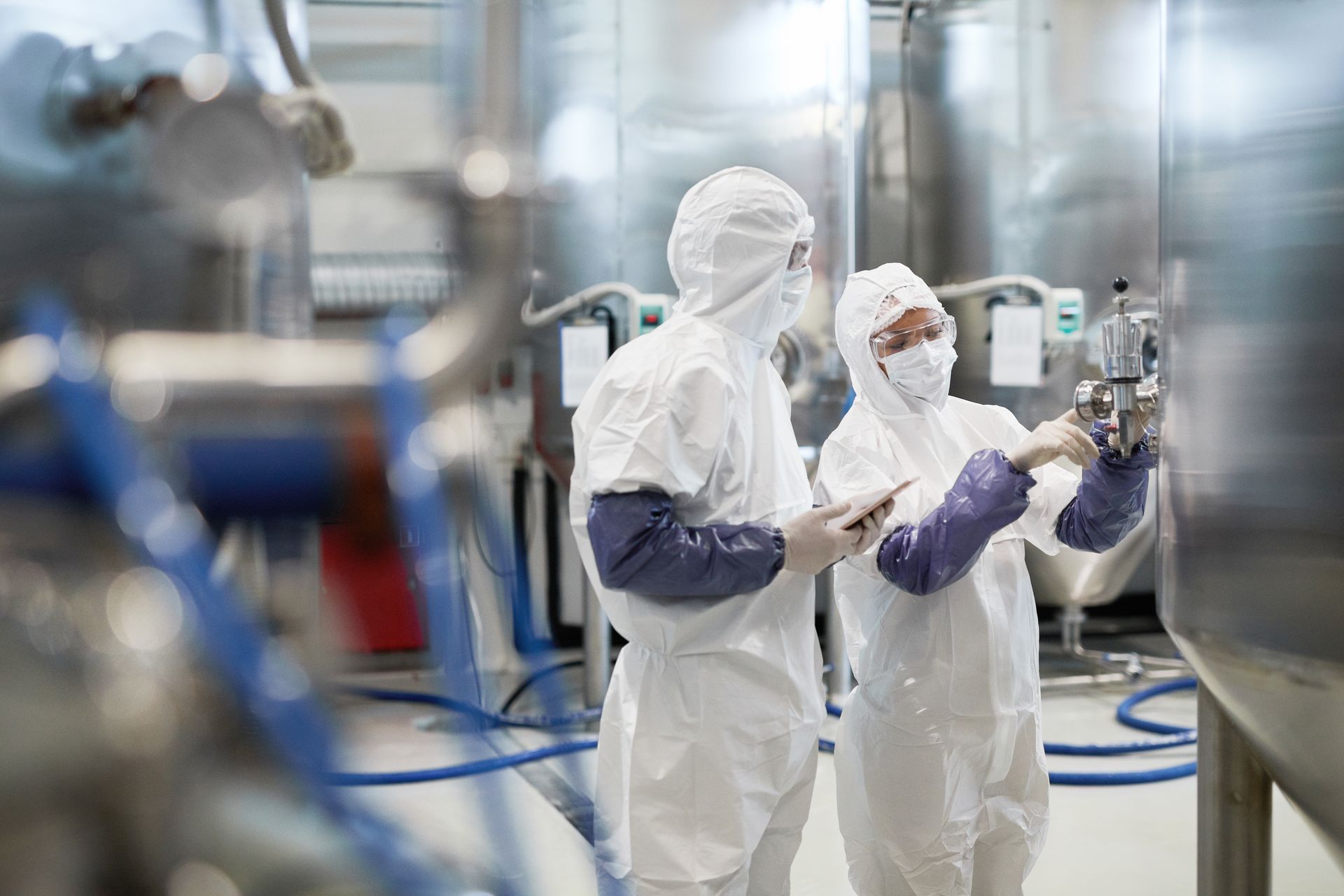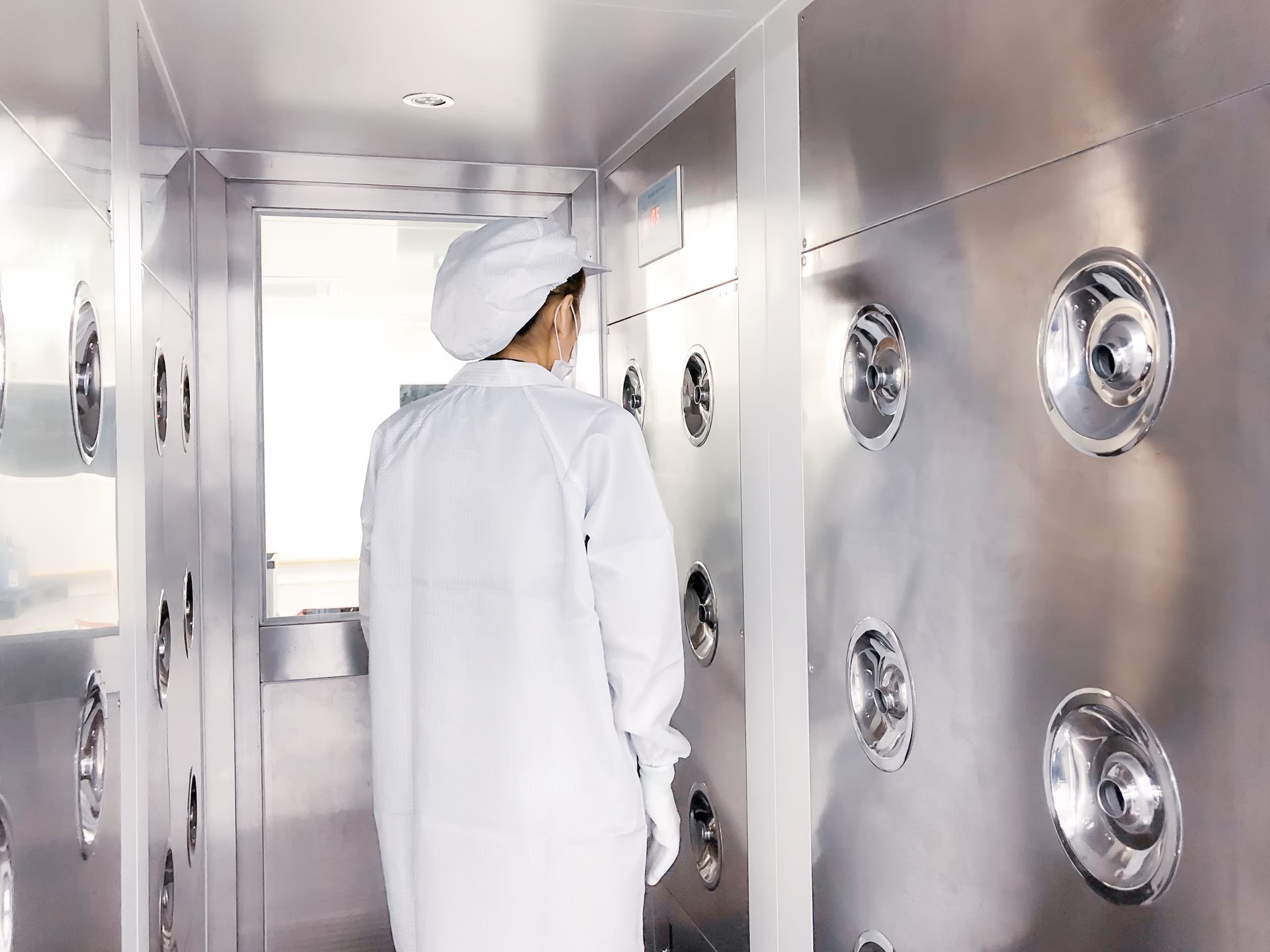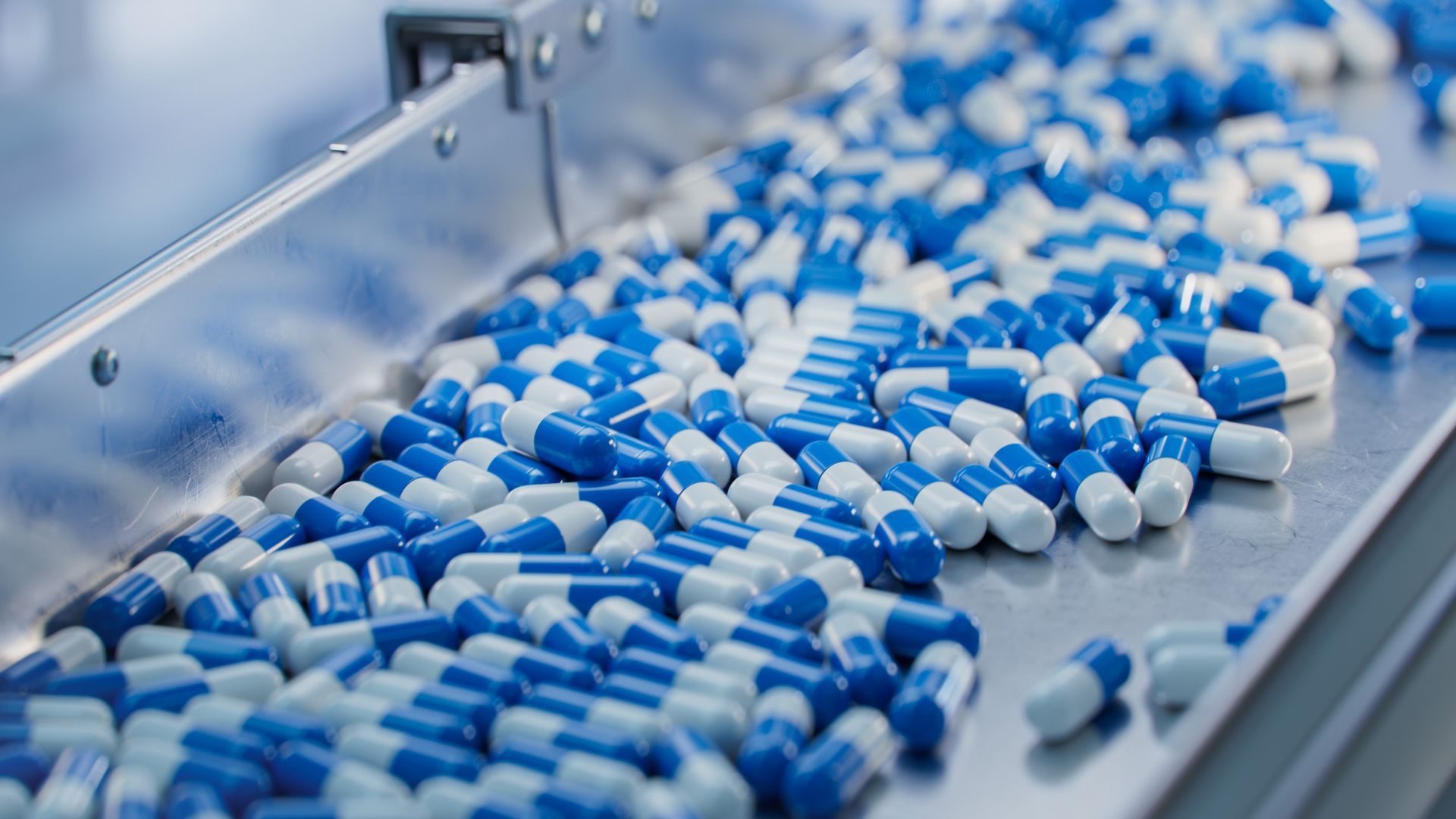ISO Classifications Explained: Understanding Cleanroom Standards and Their Impact
Introduction
Cleanrooms are essential in many industries that require highly controlled environments to ensure product quality, safety, and compliance with stringent standards. From pharmaceuticals and biotechnology to semiconductor manufacturing and aerospace, the need for precise contamination control is paramount. ISO classifications play a critical role in establishing the cleanliness of these environments, setting the standards for how much particulate matter can be present in the air, and providing a framework for the design, maintenance, and operation of cleanrooms.
This article provides a comprehensive explanation of ISO classifications, focusing on their importance, the methodology used to classify cleanrooms, and how these standards are applied across various industries.
What is ISO and Why Are Cleanroom Classifications Important?
ISO stands for the International Organization for Standardization, a global body responsible for developing and publishing international standards for a wide range of sectors, including cleanroom environments. The ISO standards for cleanrooms are part of the ISO 14644 series, which provides guidelines and classifications to help control contamination levels in controlled environments.
The main purpose of ISO cleanroom classifications is to define the maximum allowable levels of airborne particles in cleanrooms. These classifications ensure that cleanrooms meet the necessary standards for the protection of sensitive materials, products, and processes. By maintaining specific levels of cleanliness, these standards help prevent defects, contamination, and the failure of critical processes, which could lead to financial losses, safety issues, or regulatory violations.
ISO classifications are particularly important in industries that require high-quality, contamination-sensitive products, such as:
- Pharmaceuticals: To maintain sterility in drug manufacturing and packaging.
- Biotechnology: To ensure the safety and integrity of lab experiments and research.
- Semiconductors: To prevent the presence of particles that could damage microelectronics.
- Aerospace: To ensure the precision and reliability of spacecraft components.
- Medical Devices: To maintain sterility and prevent contamination of surgical tools and implants.
ISO 14644 Cleanroom Classification System
The ISO 14644 series consists of several parts, but ISO 14644-1 is the most relevant when discussing cleanroom classifications. It defines the air cleanliness levels of cleanrooms based on the concentration of airborne particles of a specific size in a cubic meter of air. The classification system categorizes cleanrooms into different classes, ranging from ISO Class 1 (the cleanest) to ISO Class 9 (the least clean).
Particle Count and Cleanroom Classes
Cleanroom classes are based on the number of particles of different sizes that are allowed to be present in the air. These particles are typically measured in microns (μm), and the size ranges most commonly evaluated are 0.1 μm, 0.2 μm, and 0.5 μm. These sizes are significant because they represent the typical sizes of contaminants such as dust, bacteria, and even certain chemical compounds.
The classification system is designed to ensure that the air in a cleanroom meets strict limits for particulate matter. Each ISO class defines the maximum allowable particle count per cubic meter for various particle sizes. For example:
- ISO Class 1: This cleanroom class allows no more than 1 particle per cubic meter at 0.1 microns. This is the most stringent and cleanest environment, typically used in semiconductor manufacturing or biotechnology labs where the presence of even a single particle could cause catastrophic failure.
- ISO Class 5: Allows a maximum of 3,520 particles per cubic meter at 0.5 microns. This is commonly used in pharmaceutical manufacturing, where products need to be sterile, but some level of particle presence is still tolerable.
- ISO Class 7: Allows up to 352,000 particles per cubic meter at 0.5 microns. ISO Class 7 cleanrooms are often used in less sensitive environments, such as electronics assembly, where minor levels of particulate contamination can be tolerated.
Table of ISO Classifications
| ISO Class | ≥ 0.1 µm/ m3 | ≥ 0.2 µm/ m3 | ≥ 0.3 µm/ m3 | ≥ 0.5 µm/ m3 | ≥ 1 µm/ m3 | ≥ 5 µm/ m3 |
|---|---|---|---|---|---|---|
| ISO 1 | 10 | 2 | 0 | 0 | 0 | 0 |
| ISO 2 | 100 | 24 | 10 | 4 | 0 | 0 |
| ISO 3 | 1,000 | 237 | 102 | 35 | 8 | 0 |
| ISO 4 | 10,000 | 2,370 | 1,020 | 352 | 83 | 0 |
| ISO 5 | 100,000 | 23,700 | 10,200 | 3,520 | 832 | 0 |
| ISO 6 | 1,000,000 | 237,700 | 102,000 | 35,200 | 8,320 | 293 |
| ISO 7 | - | - | - | 352,000 | 83,200 | 2,930 |
| ISO 8 | - | - | - | 3,520,000 | 832,000 | 29,300 |
| ISO 9 | - | - | - | 35,200,000 | 8,320,000 | 293,000 |
These figures are based on continuous air sampling and measurement over a given period, typically 1 minute, to determine the levels of particulate matter. The precise standards vary depending on the industry and application but always focus on limiting the risk of contamination to the minimum level.
Key Factors Affecting Cleanroom Classification
While particle count is the most significant parameter, there are other factors that play a role in determining the cleanliness of a room, including:
1. Airflow Design
The flow of air within a cleanroom is essential for maintaining cleanliness. There are two main types of airflow designs used in cleanrooms:
- Laminar Flow: Air flows in a single, constant direction, typically from ceiling to floor. This minimizes turbulence and helps to sweep contaminants away from critical areas.
- Turbulent Flow: Air moves in multiple directions. This is often used in less stringent cleanroom environments where laminar flow is not critical.
Proper airflow helps to ensure that contaminants are consistently removed from the environment and that the room remains within the designated ISO classification.
2. Filtration Systems
High-efficiency particulate air (HEPA) or ultra-low penetration air (ULPA) filters are used in cleanrooms to remove particles from the air. The efficiency of these filters is key to achieving and maintaining the required cleanroom class. Regular maintenance and replacement of filters are essential for maintaining cleanroom integrity.
3. Room Design and Materials
The design of a cleanroom plays a significant role in its performance. Smooth, non-porous surfaces help to prevent the accumulation of particles. Walls, floors, and ceilings must be easy to clean and resistant to contamination buildup. The materials used for construction should also help maintain the airflow patterns necessary for the cleanroom’s operation.
4. Personnel and Gowning Procedures
Personnel working in a cleanroom can be a source of contamination if proper gowning and hygiene procedures are not followed. Cleanroom clothing (e.g., gowns, gloves, masks) prevents particles from shedding from workers’ bodies. The level of personal contamination control required increases with the cleanliness classification of the room.
Application of ISO Classifications Across Industries
ISO classifications are applied in various industries to maintain product quality and ensure the safety of products and processes. The specific class required depends on the level of contamination control needed in each industry.
1. Semiconductor Manufacturing
Semiconductor fabrication is one of the most demanding applications for cleanroom environments. Even microscopic particles can damage delicate microelectronic components. ISO Class 1 to Class 5 cleanrooms are typically required, with stringent controls over particulate matter to maintain the performance and reliability of semiconductor devices.
2. Pharmaceutical and Biotechnology
In the pharmaceutical industry, especially in the production of sterile products like injectables, ISO Class 5 to Class 7 cleanrooms are necessary to prevent microbial contamination and maintain product sterility. The need for sterility in cleanrooms is essential to ensure that drugs and biologics are free from pathogens or contaminants that could jeopardize patient safety.
3. Aerospace
Aerospace manufacturing, especially the production of components for spacecraft and satellites, requires cleanrooms with ISO Class 5 to Class 7 classifications to prevent contamination that could impact the function of sensitive instruments or components in space missions.
4. Medical Devices
The production of medical devices, particularly implants and surgical instruments, requires high cleanliness standards. Cleanrooms with ISO Class 7 or Class 8 are typically used in the assembly and packaging stages to maintain the safety and sterility of medical products.
5. Food Production
In food processing and packaging, cleanrooms with ISO Class 8 or Class 9 are typically sufficient to meet the regulatory standards for hygiene and product safety. However, cleanrooms in the pharmaceutical and biotechnology industries may require higher ISO classifications due to the more stringent requirements for sterility.
Conclusion
ISO classifications are critical in ensuring that cleanroom environments maintain the required levels of cleanliness and contamination control. They provide a standardized framework that helps manufacturers, researchers, and other professionals assess and maintain the cleanliness of their controlled environments. By understanding ISO classifications and their impact on cleanroom operations, industries can implement the necessary systems and processes to meet stringent quality standards, reduce contamination risks, and ensure product safety and reliability.
As industries continue to evolve, so too will cleanroom standards, with ISO classifications playing a fundamental role in maintaining the integrity of the manufacturing and research processes. By adhering to ISO standards, businesses can ensure compliance, improve operational efficiency, and maintain high-quality products in some of the most sensitive and critical industries.
Read more: All About Cleanrooms - The ultimate Guide






